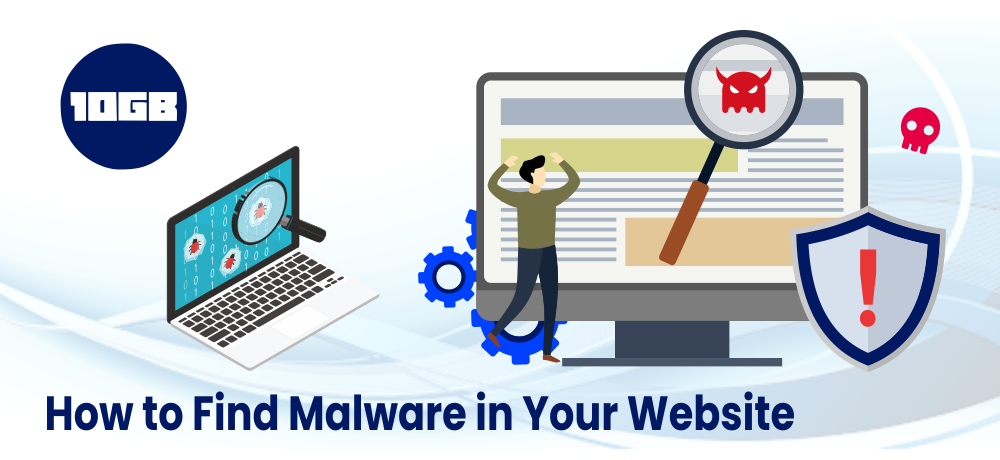In recent times, the threat to website security has increased. The need to find, remove, and prevent malware is growing to be critical for risk management and digital trust.
On average cybercrime now costs SMBs $200K, with 50% of small businesses going out of business within six months of the attack.
For big organizations, the overall cost of cybercrime for each company grew from US$11.7 million in 2017 to a new high of US$13.0 million, a 12% increase.
Security concerns and risks are increasing worldwide for digital technology.
Key findings of Experian 2018 Global Fraud and Identity Report incorporate:
- 90% of consumers choose the digital eCommerce platform as a medium to buy services and goods.
- 91% of consumers own mobile and smartphones whereas 83% own laptops.
- 63% of businesses have encountered similar or more cases in the last 12 months as compared to the previous term.
- 75% of businesses need advanced authentication and security.
Building trust via digital technology without interference and safeguarding visitors from malware in your websites are both critical.
What is Website Malware?
Website malware is a part of code or software with malicious intent that causes damage to a server, computer, client, or computer network.
With website malware, attackers could slide into a website without being undetected, steal confidential client data, modify the appearance of the website, harm the company’s reputation. Cybercriminals can have full control of the websites.
Out of the three leading Content Management System (WordPress, Magento, Joomla), WordPress stays to be the most infected CMS.
Also read: 4 Ways to protect against security vulnerabilities
Why Cybercriminals Infect the Website with Malware?
Few reasons why cybercriminals attack websites are:
- For spam campaigns
- To deface and Vandalize webpages
- Execute DDoS attacks
- To steal website data
- For Phishing email campaigns
Stolen or uncompromised site data is generally offered in underground marketplaces on the dark web with sites unindexed or not accessible by search engines.
Stolen sensitive or confidential data like IDs and credit cards are sold on the dark web. Most of the malware is transferred over the dark web and then onto a public site, hence being on the dark web can put in danger of ransomware.
Signs that Show Your Website May be Infected
- Is it damaged by an attacker or cybercriminal?
- Has your host provider disabled your website?
- Do Google display or show warning regarding your site?
- Is the loading speed of your website constantly slower?
- Is your website automatically sending emails without your consent or knowledge?
- Is your website backlisted by the browser?
- Does your website contain any suspicious code, folders and files?
- Are your visitors redirected to inappropriate websites?
if your answer is yes to any of these questions, then check for potential infections immediately!
Malware Checking with Google
Google utilizes its safe browsing technology to verify if your website is potentially harmful or dangerous to visit. Google’s safe browsing technology constantly monitors domain names or URLs for any malicious content. It also maintains a database of compromised websites.
Google Malware Checker is simple and free to use. Additionally, you can likewise check the health of your website through Google Console. If your website in past has been flagged by Google for malware presence, it will clear once the malware is completely removed from the site. You can read this article on “WordPress Backup Plugins Compared” to avoid data loss in any unfortunate event.
Also read: How Cloud Hosting guarantee website security?
Malware Scanning Tools for Websites
The free versions for scanning tools for malware-infected websites from digital security companies include:
- Sucuri has its own Sucuri SiteCheck where you can enter a URL and check for potential viruses, malware, website errors, malicious code, and outdated software.
- Qualys Community Edition is a cloud-based solution to instantly scan websites for any malware and offer instant and automated alerts.
Each day, Google blacklists over 10000 websites. And Google’s 30-day ban on those blacklisted websites prevents repeat offenders from sharing malware. Hence cleaning up a hacked website is more crucial now.
